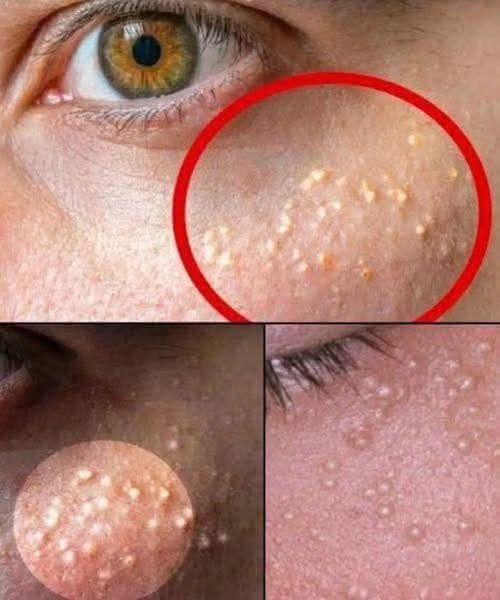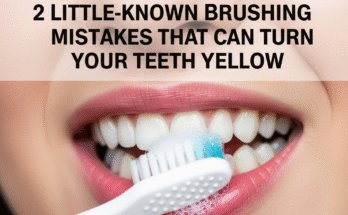
What Are Those Small White Bumps on Your Face? Here’s What You Need to Know About Milia
Have you ever spotted tiny white bumps on your face—especially around the eyes, cheeks, or forehead? You’re not alone. These small, pearl-like spots are called milia, and while they’re harmless, they can be frustrating and affect your confidence.
What Exactly Are Milia?
Milia are tiny cysts that form when keratin—a protein found in your skin, hair, and nails—gets trapped beneath the surface of the skin. Unlike pimples, milia are not caused by bacteria or oil, and they don’t form in pores. Instead, they’re made of dead skin cells that didn’t shed properly and became enclosed under new layers of skin.
What Causes Milia?
Milia can form for several reasons, including:
- Trapped dead skin cells: Your skin naturally sheds old cells to make way for new ones. But if that process is disrupted, the old cells can get stuck and harden under the skin, forming cysts.
- Skin damage: Injuries, burns, or prolonged sun exposure can disrupt the skin’s surface, leading to milia formation.
- Long-term use of steroid creams: Using topical steroids over time can thin the skin and increase the risk of developing milia.
- Genetic conditions: In rare cases, milia can be a symptom of inherited skin disorders.
- Autoimmune responses: Certain immune system conditions may also play a role.
Are Milia Dangerous?
The good news is that milia are not harmful and are typically painless. However, they can be a cosmetic concern, especially when they appear in clusters or in prominent areas like under the eyes.
Can You Treat Milia at Home?
Yes, in most cases, you can manage milia without needing to visit a dermatologist—as long as they are not inflamed, red, or infected. Here are some gentle and natural ways to treat milia at home:
- Exfoliate regularly using mild scrubs or products with alpha hydroxy acids (AHAs) to help shed dead skin.
- Use a gentle cleanser daily to keep skin clean and prevent buildup.
- Avoid heavy creams and oils, especially around the eyes, as they can clog and suffocate the skin.
- Steam your face occasionally to open pores and encourage natural shedding.
- Stay protected from the sun—wear sunscreen to reduce sun damage that can contribute to milia.
If you’re unsure whether the bumps on your face are milia or something else, or if they become irritated, it’s always best to consult a skin specialist. But with consistent care and a gentle skincare routine, you can often clear them up naturally and safely.
Ask ChatGPT


